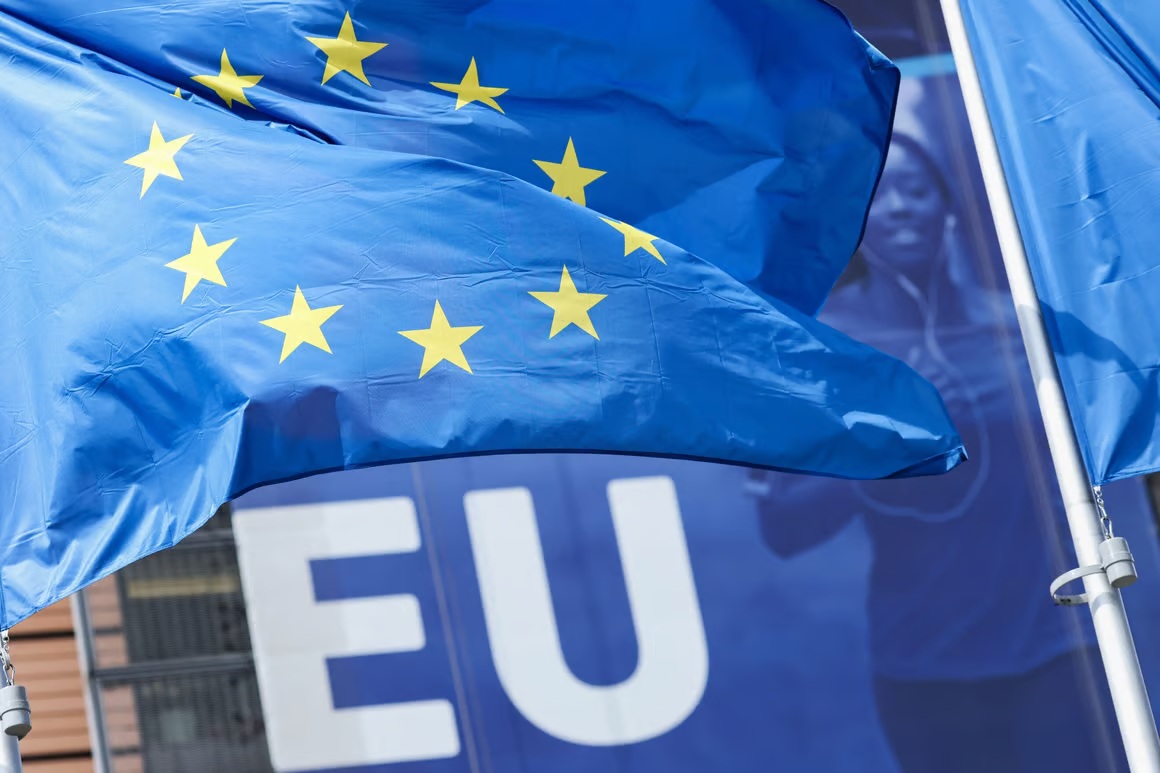European Centre for Counterterrorism and Intelligence Studies, Germany & Netherlands – ECCI
Terrorism in the EU in 2022: Europol publishes TE-SAT
portal.ieu-monitoring – Jihadist terrorism remains EU Member States’ main concern, according to latest TE-SAT report.
Published today, Europol’s European Union Terrorism Situation and Trend Report 2023 (TE-SAT) provides the most comprehensive and up-to-date intelligence picture on terrorism in the European Union.
This report is based on data provided to Europol by EU Member States on terrorist attacks and terrorism-related arrests in the European Union.
Commenting on the TE-SAT, Europol’s Executive Director Catherine De Bolle said:
“Fighting terrorism remains a priority for Europol and for the EU. We will continue to work closely with all our partners in order to mitigate terrorist threats to the community by denying terrorists the means and limiting their space to plan, to finance and carry out attacks, by countering radicalisation and by enhancing information exchange and police cooperation. With the TE-SAT 2023, I am pleased to reemphasise our commitment to these efforts as we continue towards our joint goal of Making Europe Safer”.
Key findings for 2022
Terrorism continues to pose a serious threat. In 2022, 28 completed, failed or foiled attacks were recorded in the EU. Sixteen attacks were completed, and four people tragically lost their lives, two resulting from jihadist attacks and two from a right-wing terrorist attack.
EU Member States continue to view jihadist terrorism as the most prominent threat in the EU. Out of the 380 individuals arrested by EU Member States in 2022 for terrorism-related offences, 266 were carried out for jihadist offences.
Lone actors remain a key threat. Most of the attacks carried out in 2022 were done so by suspects acting alone. This can be observed across the spectrum from jihadist to right- and left-wing extremism.
The internet and technology remained a pivotal enabler of propaganda, as well as radicalisation and recruitment of vulnerable individuals into terrorism and violent extremism. In addition to social media platforms, messaging applications, online forums and video gaming platforms, decentralised platforms appear to have gained popularity in terrorist and violent extremist circles.
Other advanced technologies which have become increasingly visible include the manufacture and use of 3D-printed weapons, particularly in the right-wing scene, and the use by terrorist elements of virtual assets, especially cryptocurrencies, to finance their terrorist activities.Although rooted in different ideologies and backgrounds, terrorists and violent extremists are increasingly sharing common elements, including similar narratives on the same topics, the selection of similar targets for attacks and the borrowing of tactical methods. Anti-establishment, conspiracy theories and the opposition to technological advances seem to be increasingly filling the space between ideologies, providing motivations for violent actions.
The most visible reactions to the Russian war of aggression against Ukraine emerged in the first months of the war, largely in the far-right scene, materialising in online posts and a limited number of right-wing extremist affiliates traveling to join the battlefield. Although the interest in the war in this milieu appears to have gradually dimmed throughout the remainder of 2022, disinformation related to the conflict is likely to continue to fuel terrorist and extremist narratives.
Methodology
The report is based on qualitative and quantitative data provided by Member States on terrorist attacks, arrests and court decisions issued for terrorist offences. Europol’s partners also provided valuable qualitative information and assessments that enrich the findings of the report, in order to reflect on developments beyond the EU that affect the security of the EU and its citizens.Information on convictions and acquittals for terrorist offences, as well as on amendments to national legislation on terrorism provided by Eurojust and based on data shared by Member States, complements the report.The quantitative analysis presented in the TE-SAT reflects Member States’ definitions of terrorist offences according to national legislation.




